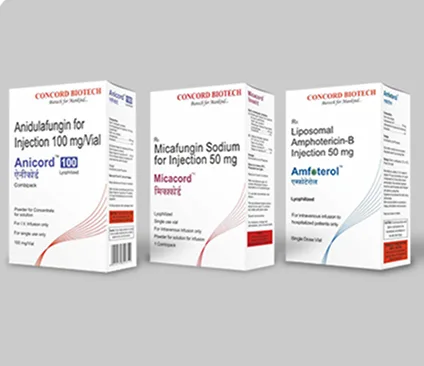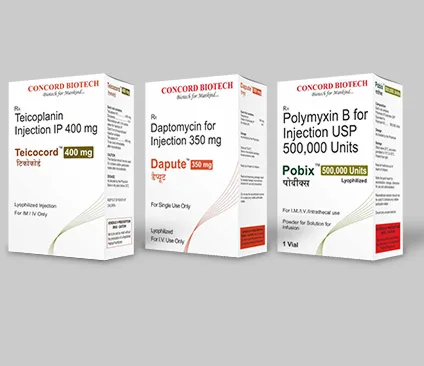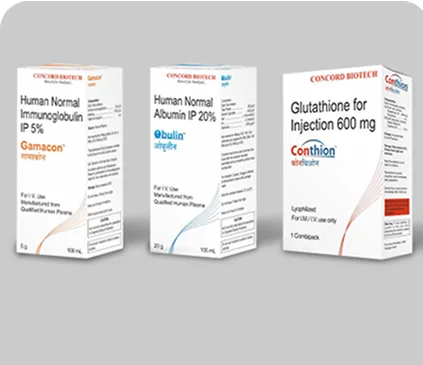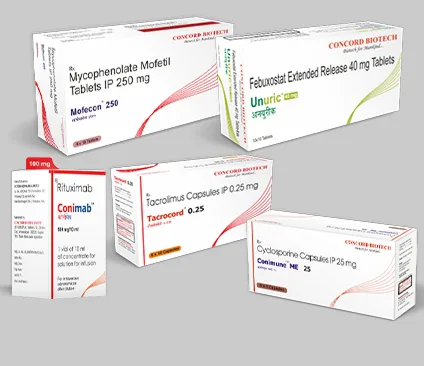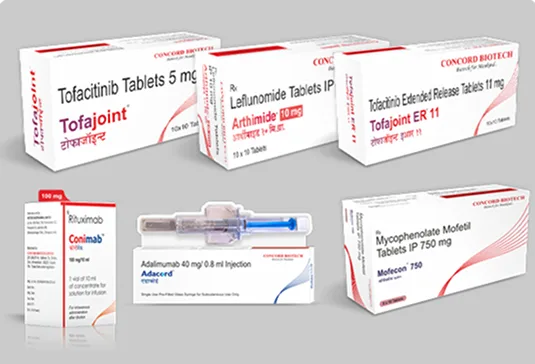Formulations for a
Healthier India
Concord Biotech develops high-quality, effective formulations tailored to India's healthcare needs across various therapeutic segments. Our commitment to innovation and excellence ensures accessible and dependable treatments for diverse medical conditions nationwide. With extensive experience in formulation development, strict adherence to quality and compliance, a diverse therapeutic portfolio, and a strong focus on research and innovation, we strive to enhance patient care.


